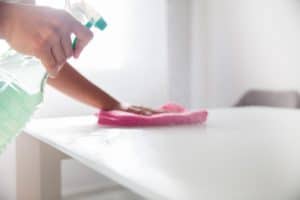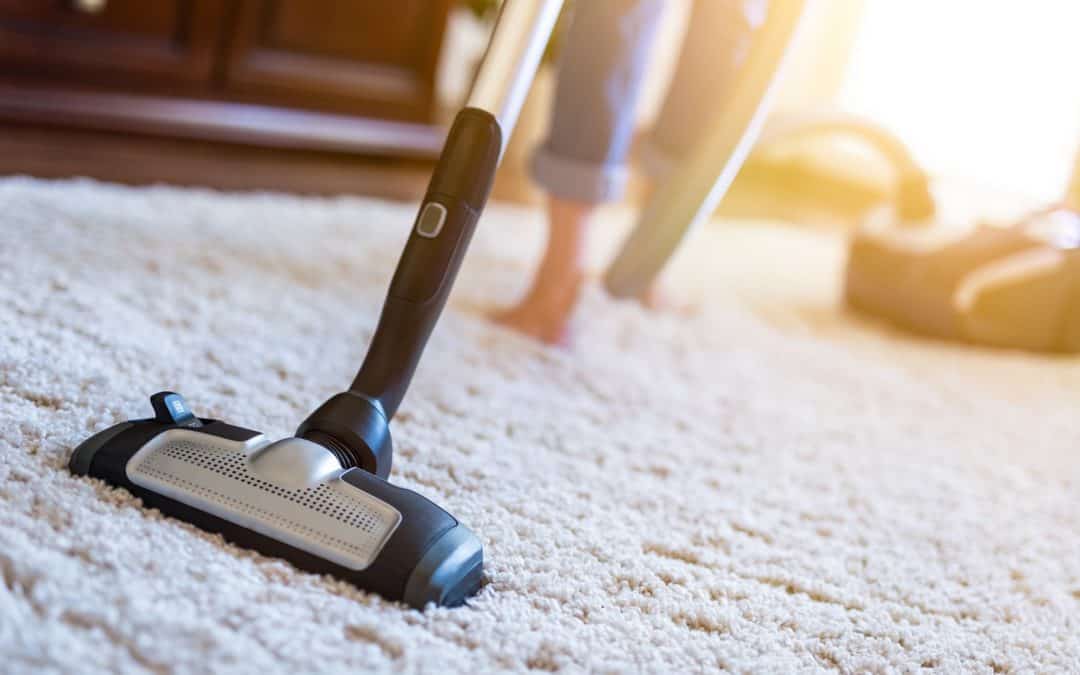Anyone who suffers from seasonal allergies understands how difficult it can be to go outside because of itchy throats and noses, sneezing, coughing, and congestion that follow them everywhere. That’s why one of the common recommendations from doctors for people with allergies is to stay indoors where there are fewer irritants in the air. For this reason, it’s crucial to allergy-proof your house.
There are various things you can do to allergy-proof your home. While the golden rule is to clean your house thoroughly, the following ways can also help keep your house free of allergens:
1. Eliminate Mold
One of the ways to allergy-proof your home is by getting rid of mold. It’s a naturally-occurring organism that grows in damp and humid areas. The best way to eliminate it is to use humidifiers. To choose the right one suited for your home, check out here.
Dehumidifiers work by sucking the moisture out of the air, preventing mold growth. It’s crucial in areas with poor ventilation or in places that get humid, often in the kitchen and bathroom.
It’s also vital to fix any plumbing leaks, as too much moisture from leaks may result in mold growth. Mold can grow on paint, ceiling tiles, insulation, or drywall. While this mold may stay hidden in your house, it can still affect one’s allergies.
Depending on how big the mold issue is, you can get rid of mold on your own by using simple cleaning tools. If you believe you have problems with mold, some mold testing kits are available at a local hardware store or online store.
If you’ve done everything, but you still get no results, you might want to hire a mold remediation specialist. You can ask mold experts to come in and test your home for mold.
2. Vacuum Regularly
If you want to take your vacuum cleaner game to a whole new level, choose a vacuum cleaner with a high-efficiency particulate air (HEPA) filter. It’s tested to eliminate surface allergens and has some rigorous allergy standards.
An excellent way to eliminate allergens in your house is to clean thoroughly. Tree pollen counts are high during the spring season, and cleaning may keep the pollen at bay.
In addition, most airborne allergens are removed using a vacuum cleaner equipped with a HEPA filter. However, always wear a mask when cleaning, particularly if you have dust allergy issues.
3. Manage Pet Dander
Pet dander is one of the things that can cause allergies. If you have pets at home, it’s advisable to have a go-to, pet-free area when you like to take a break. Once you do this, you’re less likely to develop allergies to pet dander. Bathing your pet regularly can also reduce the amount of fur they shed.

4. Have A Cleaning Routine
It’s easy to bring allergens in because of your pet’s paws or your shoes. It’s also possible that your carpets or area rugs are housing dust that might get kicked into the air when your floors are walked on.
- To minimize allergens, sweep regularly and clean your hardwood floors often. An excellent way to keep your hardwood floors clean may depend on whether or not your floors are sealed. If your floor is unsealed, using water to clean it may cause the wood to warp or swell. If you have carpets or rugs, vacuum them weekly.
- Try rubbing your fingers across the floor to determine whether or not your hardwood floors are unsealed. If you see the smudge emerge, the floor is likely unsealed, and you shouldn’t use water for cleaning.
- Never do it yourself when dealing with rugs, mattresses, carpets, and upholsteries. If possible, call a professional cleaning service provider to help you clean them properly.
5. Improve Your Indoor Air Quality
One thing that may trigger allergy attacks or a stuffy nose is poor indoor air quality. Improving your indoor air quality is important to keep your home safe from allergens.
You may start by changing your air conditioning unit’s air filters. Do this often as part of your maintenance schedule. Make sure to keep your doors and windows closed too during the pollen season.
6. Wash Bedding
Your bedding accessories are where dust mites hide. Since you spend most of your time in bed, it’s crucial to keep your bedding clean to lessen your exposure to dust mites and avoid a potential allergic reaction.
So, make sure to wash your bedsheets and other bedding accessories weekly in hot water. Adding some layers of protection to your pillows and mattress, like allergen-blocking or dust-proof covers, makes it easy to keep your bed free of dust mites.
Conclusion
Your house must be a sanctuary, particularly if you or your family members have allergies. So, make sure to do your best to keep your house allergy-free and never hesitate to invest in smart technologies designed to reduce allergens in your home.
By proactively getting rid of allergens in your home using the above strategies, you can also be assured that your house will remain safe and comfortable.

Recent Comments